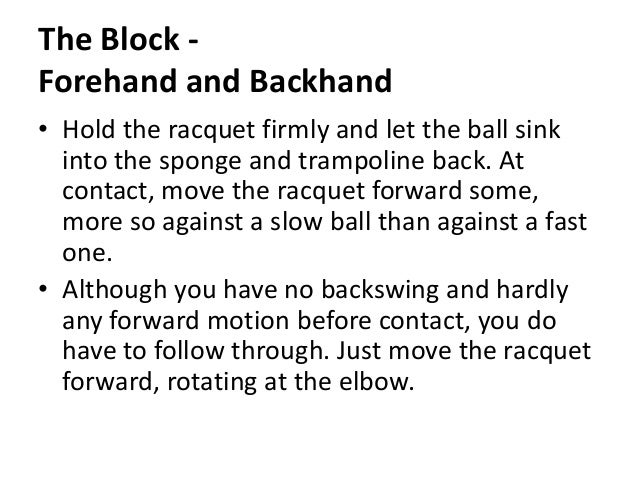
- FIVE CRITICAL ELEMENTS OF AN UNDERHAND THROW HOW TO
- FIVE CRITICAL ELEMENTS OF AN UNDERHAND THROW FREE
FIVE CRITICAL ELEMENTS OF AN UNDERHAND THROW FREE
While the youngster’s friends liked to shoot their foul shots, or free throws, in the respectable overhand style, the old man wanted Barry to toss them just as he did-underhand. The throwing hand continues toward the target in front of the body and finishes with palm facing upward.įollow through or Statue of Liberty-the throwing hand continues toward the target in front of the body and finishes with palm facing upward.As a boy in Elizabeth, New Jersey, in the 1950s, basketball legend Rick Barry got some painful coaching lessons from his father, a semipro. The arm is extended throughout the entire movement. Let it go-bring the throwing arm forward and release the ball below the waist. Use your stepping foot-step forward with the opposite foot. Step and release-step forward with the opposite foot, bring the throwing arm forward, and release the ball between the knee and waist level. Ready-knees bent, facing target, feet shoulder-width apart, eyes on target, object held in preferred hand (palm up) in front of the body.Īrm back-bring the throwing arm back at least to waist level. We have found that it is beneficial to have the students say the cue words aloud as they practice the skill. You may use each set individually or mix and match the cue words as needed. Following are some of the cue words we use to teach underhand throwing. They do not process or retain large quantities of information. Younger students (kindergarten through grade 2) learn more easily with fewer concise cues. The cue words you select for each phase of the skill will depend on the age of the students you are teaching and your areas of emphasis. Students will begin using the skill more in grades 4 and 5. In grade 3, students should be able to throw underhand to a partner or target with reasonable accuracy (S1.E13.3). First graders should be able to throw underhand demonstrating two of the five critical elements (S1.E13.1), and second graders should be able to use a mature pattern (S1.E13.2). National Standards and Grade-Level Outcomes for K-12 Physical Education (SHAPE America, 2014) (table 4.1) indicates that kindergartners should be able to throw underhand with the opposite foot forward (S1.E13.K).
FIVE CRITICAL ELEMENTS OF AN UNDERHAND THROW HOW TO
Once the students understand how to perform the skill, then we encourage the use of large targets placed at a variety of heights. While students are learning and practicing this skill, a medium-level target is best. If the target is at a high level, the student is more likely to develop incorrect throwing habits. If a target is placed at a low level, the student might roll rather than throw the ball. One factor that greatly affects the initial learning of the underhand throw is the target placement. In this section, we emphasize the skills most relevant to young children-that is, those throws requiring an arc. When the distance to the target is short or if the objective is speed, then the follow-through will be much shorter (e.g., in fast-pitch softball pitching). Activities requiring height (e.g., slow-pitch softball pitching and horseshoes) will require that the follow-through be exaggerated. Often, the purpose of underhand throwing will dictate exactly how it is performed. With the addition of a racket, underhand throwing is essential to the game of badminton. In addition, the critical elements of underhand throwing are very similar to those of the underhand volleyball serve. Underhand throwing is essential to softball pitching, and underhand tossing can be used to assist a fielder in making an out from a close distance in softball or baseball.

While many people believe the only purpose of underhand throwing is pitching a horseshoe or playing cornhole, it is in fact an integral part of many sport skills. This is an excerpt from Teaching Fundamental Motor Skills 4th Edition With HKPropel Access by A.


 0 kommentar(er)
0 kommentar(er)
